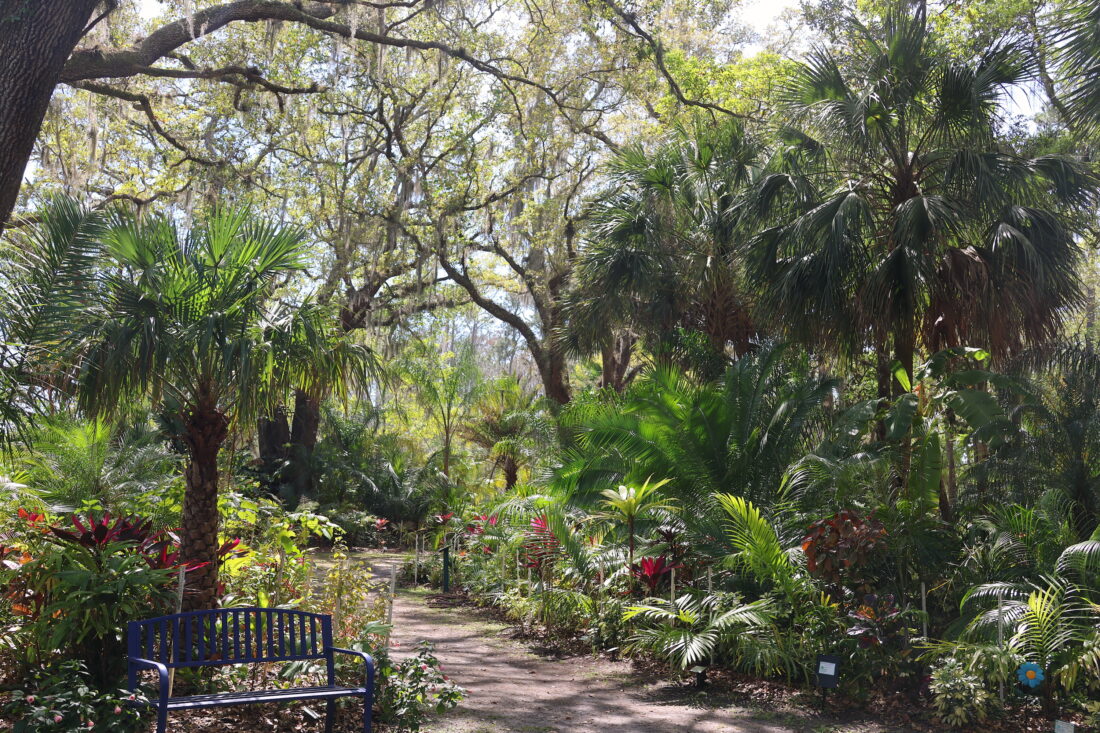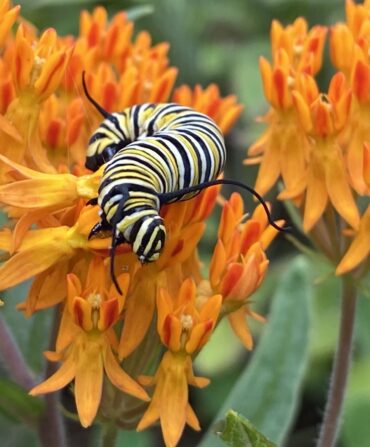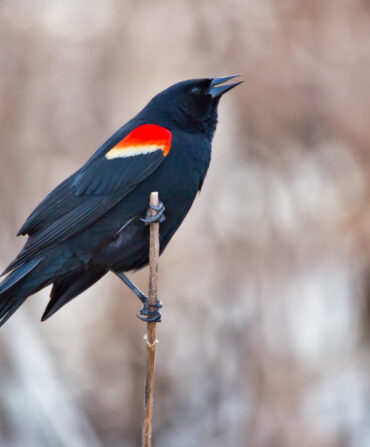Walking through the St. Johns Botanical Garden and Nature Preserve in Hastings, Florida, feels like exploring an Amazonian jungle—except that the four hundred species of palm trees that grow here have been collected from all over the world. Here a tall Stone Gate palm from China neighbors a petit Bismarck one from Madagascar, and a bushy Papuan Fishtail palm brushes against fan-shaped branches of Khasia Hills from Nepal. “People tend to associate palms with tropical rainforests, but they grow in the mountains, in the deserts, and even in colder climates,” says John Rossi, who owns and maintains the garden. “We have one palm species here that comes from high in the mountains of Madagascar, and it can handle cold down to the low twenties.”

Rossi, a veterinarian in his late sixties who treats rare and exotic pets, spent years cultivating his unusual collection. He knows many of his “palm children” by their looks and can recite their common and Latin names, origin stories, and preferred environmental conditions. And although palms are Rossi’s main focus, azaleas, rhododendrons, and orchids bloom here too. Big and small, smooth and prickly, his palms provide shelter for other plants and flowers, creating an ecosystem like no other—and it’s all open to the public.
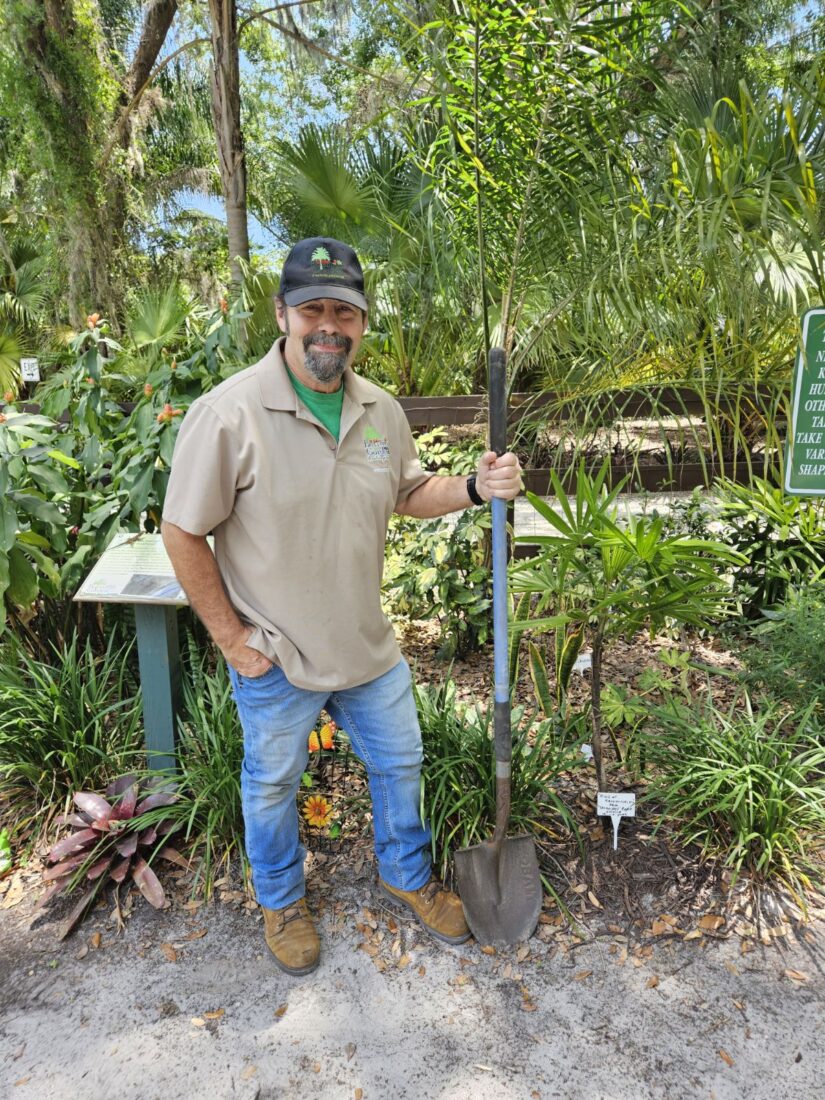
When Rossi first bought this land in 2003 from a mechanic, it was a junkyard littered with old trailers, broken auto parts, and rusting metal. But Rossi, who was looking for a large land parcel, saw the potential. The junk was scattered among tall and beautiful trees, a rare sight in Hastings—the potato capital of Florida—where most forests had long been cleared for farming. Deep in the thicket of its seventeen acres ran a secluded creek that took some work to see. “It took me forty-five minutes on my hands and knees with a machete to cut my way back to where the creek was,” Rossi recalls. But he was undeterred. “Fifteen minutes after I crawled out of the thorn bushes, I was signing on the dotted line to purchase the property. I could just see its natural beauty.”

Rossi spent the next twenty years turning the junkyard into a lush green space. The purchase contract required the sellers to clean the property, but some bumpers, fenders, and pieces of motors were left behind. “We still hit them when we dig holes to put plants in,” Rossi says. “Sometimes we’ll pull them out. And sometimes we’ll leave them in because it’s an extra source of iron for the plants.”

Palms became Rossi’s obsession partly because of his profession. A scientist who traveled the world to study snakes, Rossi became interested in reptile habitats, where palms often grow. There’s also a common joke among biologists: The young ones study animals and the older ones study plants. “That’s because you can’t chase animals anymore, but plants are stationary,” Rossi quips. Palms, he thought, were particularly pleasant and peaceful. “It’s just a very beautiful group of plants,” he says. “The rustling of the leaves in the wind is a naturally relaxing feeling, sort of like a natural high. So I gradually started making a collection of palms, and before I knew it, there were over four hundred species in the garden.”
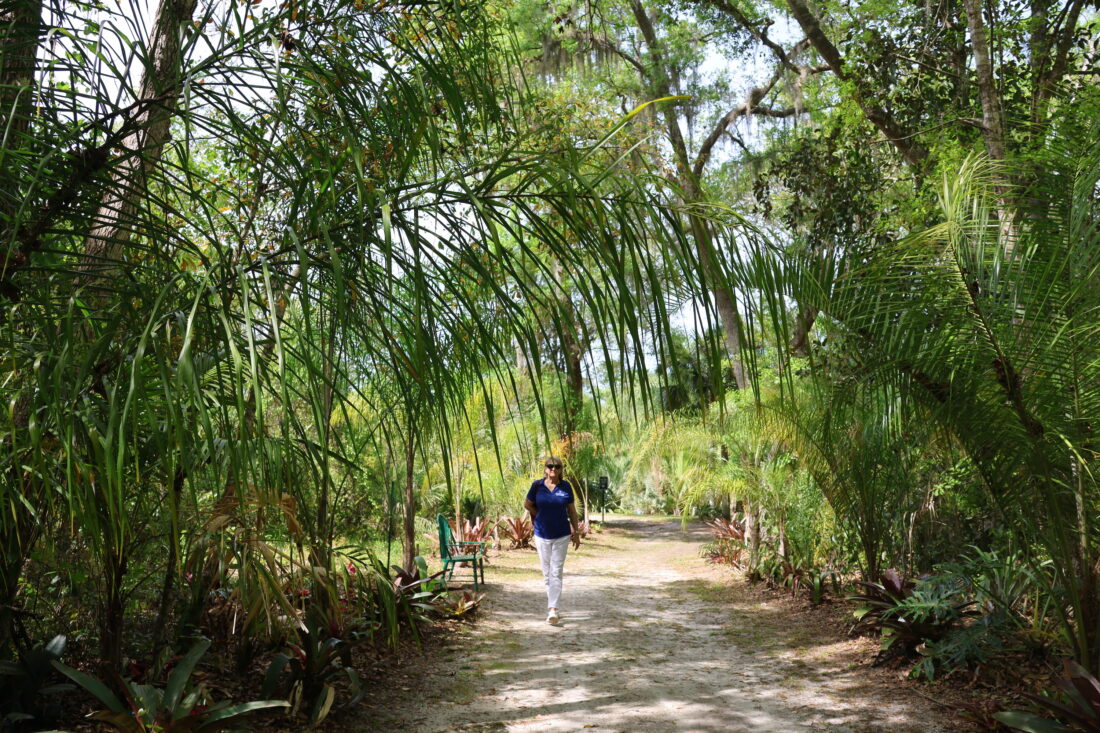
As the garden grew bigger and Rossi older, he realized he needed help to maintain it. Last fall, he formed a nonprofit and opened his garden to the public. That allowed him to recruit volunteers, offer memberships, charge admission fees, and host events. “The garden evolved into something more than we ever expected,” Rossi says. “Now we can envision that it might become one of the premier botanical gardens in northern Florida.”


